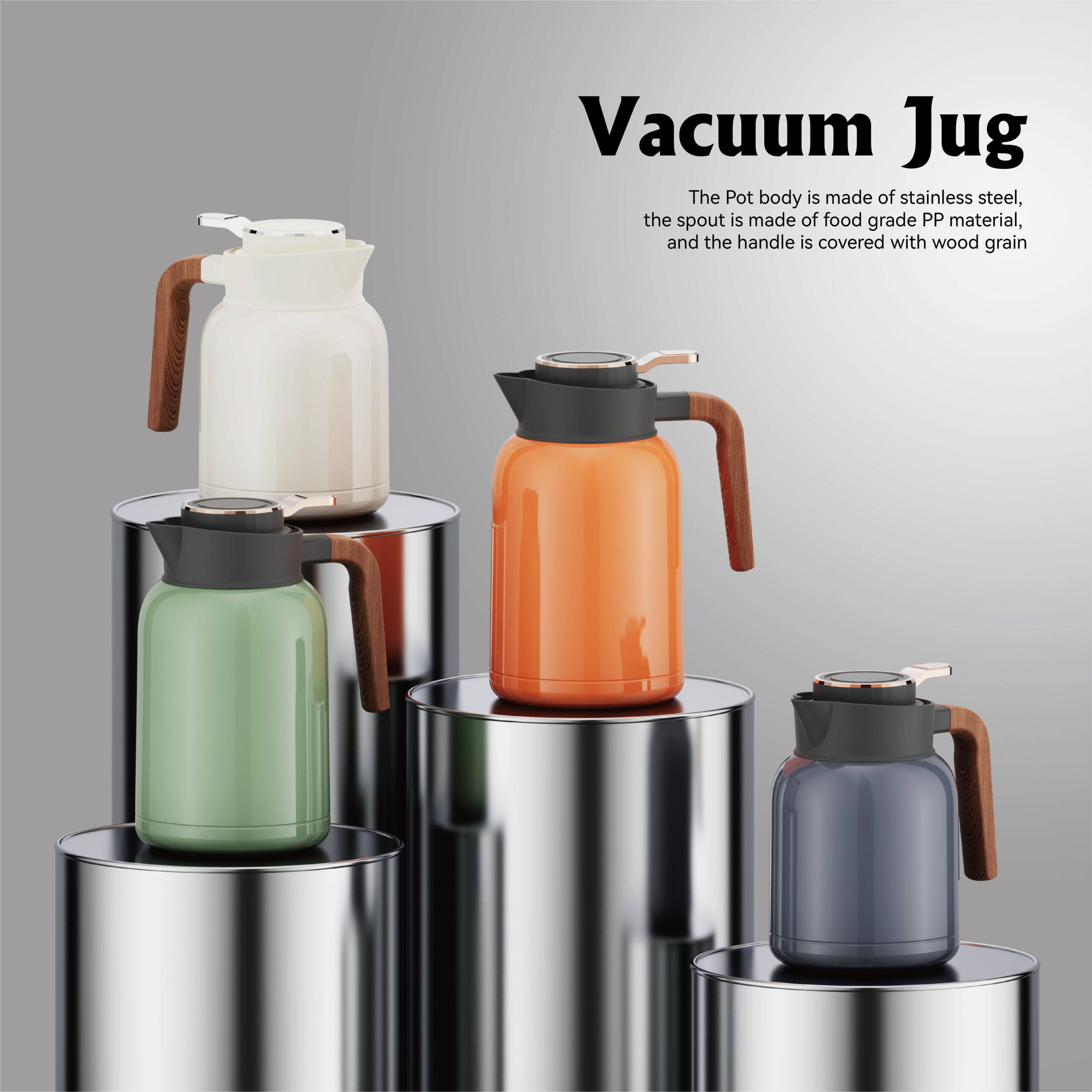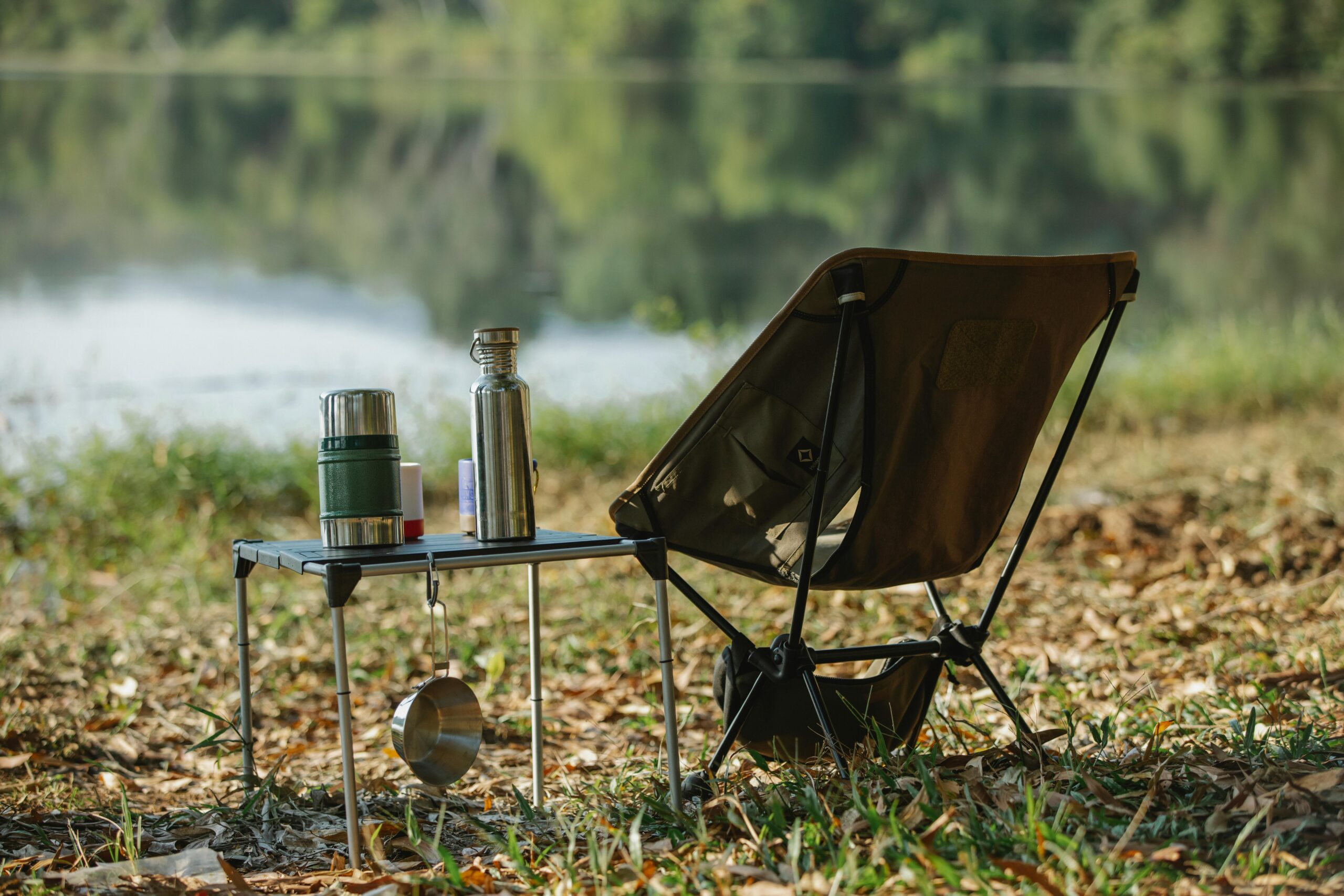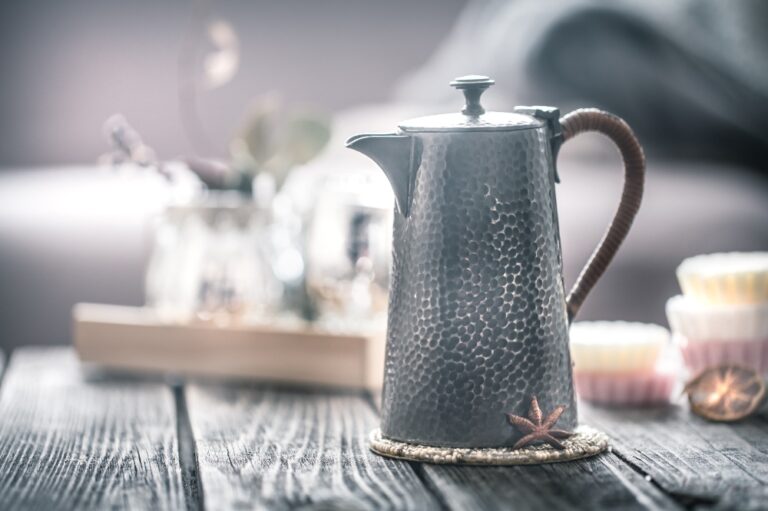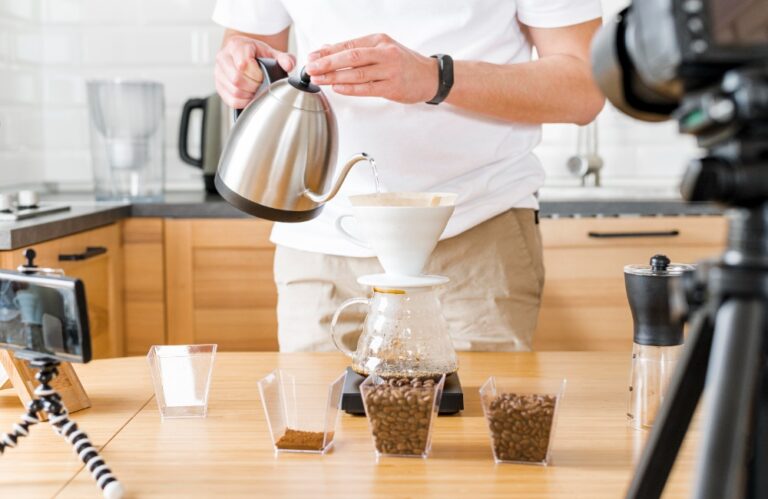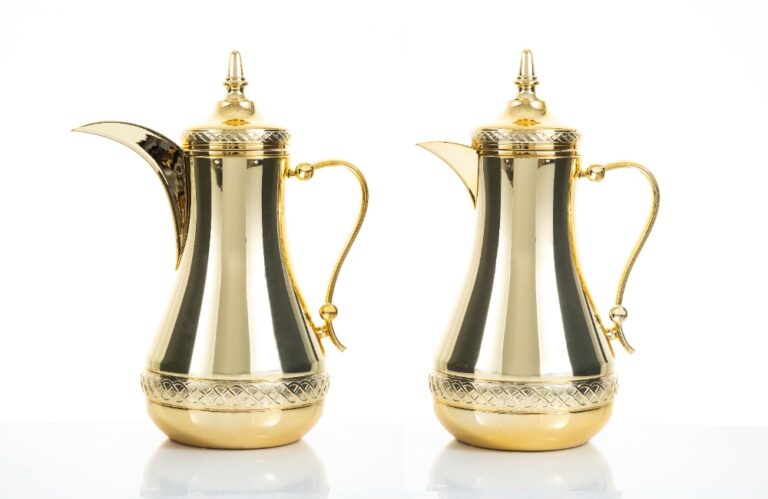Introduction to Vacuum Flasks
Vacuum flasks, also known as thermos flasks, are essential vessels designed to keep beverages at a consistent temperature, preserving the warmth of hot drinks and the coolness of cold beverages. These innovative containers have become increasingly popular due to their convenience and efficiency in maintaining the desired temperature of liquids. The global market for vacuum flasks has experienced substantial growth, with a projected value of USD 5708 million by 2030, indicating a significant increase from its value of USD 4408 million in 2023, as reported by industryresearch.biz.
The inception of the vacuum flask can be attributed to Sir James Dewar’s groundbreaking invention in the late 19th century. This creation revolutionized the preservation of hot and cold liquids, leading to the commercial production of vacuum flasks. Over time, there has been an evolution in both design and materials used for vacuum flasks, aimed at enhancing insulation and temperature preservation.
One pivotal moment in the history of vacuum flasks was the commercial manufacture of Dewar flask in 1898, which ultimately led to the creation of the first Thermos® product. Subsequently, in 1904, the Dewar flask design was transformed into a commercial item, giving rise to the iconic Thermos bottle and paving the way for mass production for household use.
The widespread adoption and continuous innovation within this industry have propelled vacuum flasks into becoming indispensable items for individuals seeking to maintain their beverages’ temperatures while on-the-go or at home. With an ever-growing demand for practical solutions that cater to modern lifestyles, vacuum flasks have solidified their position as essential accessories for individuals worldwide.
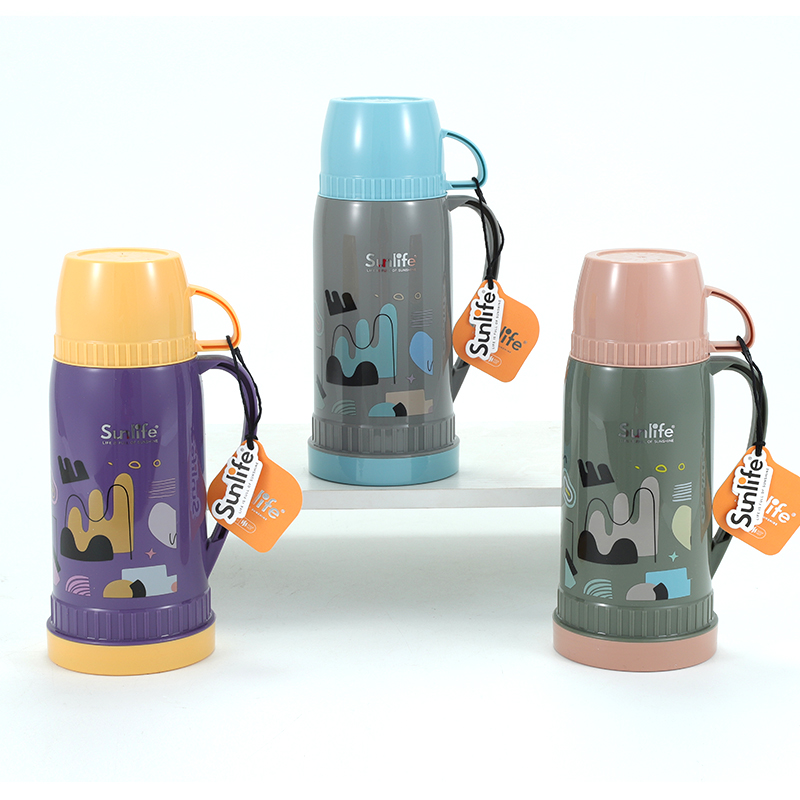
The Journey from Stainless Steel to Vacuum Flask
The manufacturing process of vacuum flasks involves several intricate steps that transform stainless steel into the iconic vessels known for their exceptional insulation properties. From the arrival of raw materials to the final assembly, each stage plays a crucial role in creating these indispensable containers.
Raw Materials and Initial Processing
The journey begins with the arrival of stainless steel in the form of pipes and sheets at the manufacturing facility. These raw materials undergo initial processing to prepare them for the production of outer and inner bottles, which are essential components of vacuum flasks. The utilization of stainless steel is integral to the durability and insulating capabilities of the final product.
Production of Outer and Inner Bottles
Once the stainless steel materials are prepared, they are shaped and formed to create the outer and inner bottles through precision manufacturing techniques. The seamless integration of these components is vital in ensuring optimal thermal insulation, allowing vacuum flasks to effectively maintain desired beverage temperatures.
Assembly and Welding
Following the production of the outer and inner bottles, meticulous assembly processes take place to join these elements seamlessly. Advanced welding techniques are employed to create a robust bond between the components, guaranteeing structural integrity and preventing heat transfer between the interior and exterior surfaces.
Vacuuming Process
A critical phase in vacuum flask manufacturing is the vacuuming process, where air is removed from the gap between the two vessels. This step significantly reduces heat conduction or convection within the flask, enhancing its ability to preserve temperature for extended periods. The vacuum created between the bottles serves as a key component in optimizing thermal insulation.
Decorating and Finishing Touches
Once all essential components are assembled, attention turns towards decorating and adding finishing touches to enhance both aesthetics and functionality. This may involve applying protective coatings or embellishments that contribute to the overall appeal of vacuum flasks, making them visually appealing while maintaining their insulating properties.
The evolution from raw stainless steel materials to fully functional vacuum flasks encompasses a series of precise procedures aimed at delivering high-quality products that meet consumer demands for reliable temperature retention.
By leveraging advanced manufacturing techniques and quality control measures, manufacturers ensure that each vacuum flask meets stringent standards for performance, durability, and aesthetic appeal.
Assembly and Quality Control
The assembly and quality control phase in the manufacturing process of vacuum flasks is a critical stage that ensures the production of high-performance, durable, and reliable containers for maintaining beverage temperatures. This section delves into the meticulous processes involved in assembling the components and the paramount importance of quality control measures to uphold thermal insulation standards.
Precision Assembly Techniques
The seamless integration of the outer and inner bottles is achieved through precision assembly techniques that demand exacting attention to detail. Each component is meticulously aligned and joined to create a robust bond, ensuring structural integrity and optimal thermal insulation. Advanced machinery and skilled craftsmanship are instrumental in executing these intricate assembly procedures, culminating in the creation of a cohesive unit that forms the foundation of every vacuum flask.
Quality Control: Upholding Thermal Insulation Standards
Quality control serves as the cornerstone for upholding thermal insulation standards within vacuum flasks. Manufacturers adhere to stringent quality control protocols throughout the production process, meticulously inspecting each flask to verify its insulation performance. The insulation layer is subjected to rigorous testing to ensure that it meets prescribed standards, thereby enhancing the thermal insulation capabilities of every flask.
Validation by Subject Matter Experts
To validate and substantiate key research findings and understandings, subject matter experts play a pivotal role in ensuring that each vacuum flask meets established industry benchmarks. Primary interviews are regularly conducted with industry experts to gather comprehensive insights into market trends, technological advancements, and consumer preferences. These interactions provide invaluable expertise that informs manufacturers’ decisions regarding product enhancements and innovation.
Stringent Quality Assurance Protocols
Stringent quality assurance protocols are implemented at every stage of vacuum flask production, encompassing material selection, component fabrication, assembly, and final inspection. Each flask undergoes meticulous scrutiny during multiple checkpoints to identify any deviations from prescribed standards. This unwavering commitment to quality assurance reinforces manufacturers’ dedication to delivering superior products that consistently meet consumers’ expectations for reliability and performance.
Continuous Improvement Initiatives
Manufacturers continually strive for excellence through ongoing improvement initiatives aimed at refining manufacturing processes, enhancing product durability, and optimizing thermal insulation properties. By leveraging cutting-edge technologies and embracing innovative methodologies, manufacturers elevate their production capabilities while further solidifying their position as leaders in delivering top-tier vacuum flasks renowned for their exceptional performance.
The meticulous assembly processes coupled with unwavering commitment to stringent quality control measures underscore manufacturers’ dedication to producing vacuum flasks that excel in preserving beverage temperatures while meeting consumers’ evolving needs for reliability and convenience.
Veley is a company with a rich history of over 23 years in the industry. We have been focusing on thermos flasks for the same duration, showcasing our expertise and dedication. With our own design and development team, we continuously introduce new products, sometimes every one and a half months. Our commitment to innovation is evident through our declaration of more than 10 national intellectual property patents every year. We pay attention to product details and user experience, particularly the outlet part design, ensuring a smooth and beautiful water outlet. Veley is known for its quality concept of “Quality is the life of the enterprise and the foundation of the brand.” We offer a range of products, including air pump pot, double wall stainless steel coffee pots, insulated casseroles, lunch boxes, plastic body coffee pots, plastic body vacuum flasks, metal body with glass liner coffee pots, and thermos. We are dedicated to becoming a well-known brand in the global cups and flasks industry.
The Science Behind the Insulation
The exceptional insulation properties of vacuum flasks are rooted in the science of heat transfer, where the vacuum between the two bottles and the metal outer layer work in tandem to prevent heat transfer by convection and conduction. This fundamental principle forms the basis for the remarkable ability of vacuum flasks to maintain desired beverage temperatures for extended periods, whether it involves keeping hot liquids hot or cold drinks cold.
The concept of a vacuum flask’s insulation is further elucidated by a patent (US4399919A), which highlights that double-walled vessels, typically made of glass and enclosing a vacuum, provide superior heat insulation. This insulation coefficient remains consistent from both the outside in and inside out, enabling vacuum flasks to effectively preserve the temperature of their contents. This aligns with practical observations that demonstrate how vacuum flasks can keep hot substances hot and cold substances cold, showcasing their versatility in meeting diverse beverage preservation needs.
Final Thoughts
In conclusion, the manufacturing process of vacuum flasks involves a meticulous journey from raw materials to the creation of high-performance insulated containers. The evolution of vacuum flasks, from their inception by Sir James Dewar to their widespread adoption in modern lifestyles, underscores their indispensable role in preserving beverage temperatures.
Intellectual property laws play a pivotal role in safeguarding the innovations and advancements made within the vacuum flask industry. Patents not only protect companies’ rights but also provide them with a competitive edge in the market. A thorough understanding of intellectual property laws is essential for manufacturers to navigate the complexities of the legal system and ensure that their innovations are duly protected.
The exceptional insulation properties of vacuum flasks are rooted in scientific principles, where the vacuum between the two bottles and the metal outer layer work harmoniously to prevent heat transfer by convection and conduction. This fundamental principle enables vacuum flasks to maintain desired beverage temperatures for extended periods, catering to diverse preservation needs.
Furthermore, stringent quality control measures and continuous improvement initiatives underscore manufacturers’ commitment to delivering superior products that consistently meet consumers’ expectations for reliability and performance. By upholding thermal insulation standards through precision assembly techniques and rigorous testing protocols, manufacturers ensure that each vacuum flask excels in preserving beverage temperatures while meeting evolving consumer needs.
As the global market for vacuum flasks continues to expand, driven by increasing demand for practical solutions that cater to modern lifestyles, it is evident that these innovative containers will remain essential accessories for individuals worldwide. The journey from stainless steel to fully functional vacuum flasks exemplifies a dedication to excellence in craftsmanship and engineering, resulting in products that offer unparalleled convenience and efficiency.
In essence, the manufacturing process of vacuum flasks encapsulates a harmonious blend of innovation, scientific principles, and meticulous craftsmanship aimed at delivering reliable temperature retention while meeting consumers’ evolving needs for convenience and practicality.
Future Prospects
Looking ahead, ongoing advancements in material science and manufacturing technologies are poised to further enhance the performance and sustainability of vacuum flasks. Innovations such as eco-friendly materials and enhanced insulation techniques are expected to shape the next generation of vacuum flask designs, offering environmentally conscious solutions without compromising on thermal preservation capabilities.
Environmental Impact
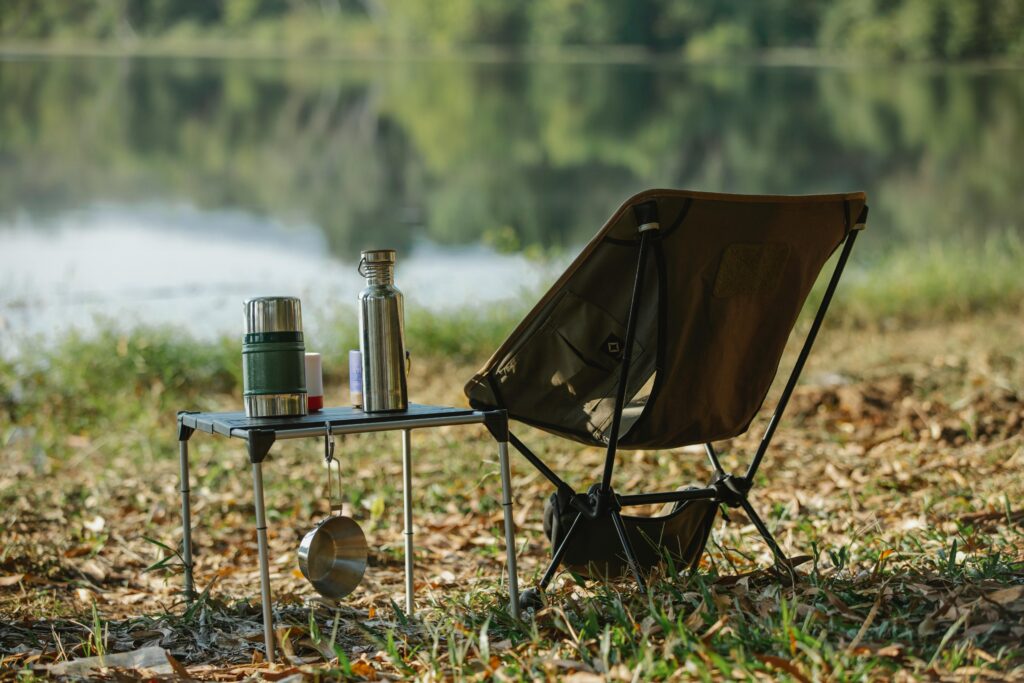
The environmental impact of manufacturing processes is an area ripe for exploration within the context of producing sustainable vacuum flasks. Embracing eco-conscious practices throughout production can lead to reduced carbon footprint while aligning with consumers’ growing emphasis on environmentally friendly products.
As manufacturers continue to innovate and adapt to changing consumer preferences, it is clear that vacuum flasks will remain at the forefront of providing reliable temperature maintenance solutions across diverse settings – from outdoor adventures to everyday use.
By combining technological advancements with sustainable practices, manufacturers can further elevate the value proposition of vacuum flasks while contributing positively towards environmental conservation efforts.
In summary, as technology advances and consumer demands evolve, manufacturers have an opportunity not only to refine existing processes but also explore new frontiers in creating innovative solutions that align with sustainability goals while delivering exceptional performance.

